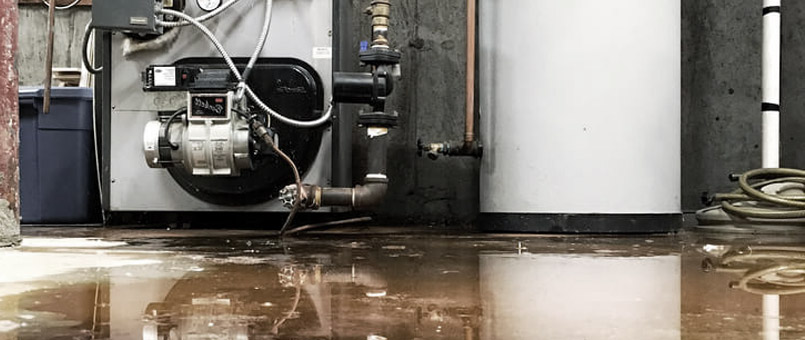The process of expanding copper tubes
Tube Expansion Tooling Precision: - Radiran Company employs precision tube expansion tools, meticulously selected to match the specific dimensions of tubes. This ensures uniform and accurate expansion during the manufacturing process. Fine-Tuning Expansion Parameters: - With a commitment to process excellence, Radiran Company excels in fine-tuning expansion parameters. This includes precise adjustment of pressures and depths to achieve optimal tube expansion for enhanced heat transfer efficiency. Mandrel Utilization for Uniform Expansion: - Radiran Company utilizes mandrels with precision to provide internal support...








